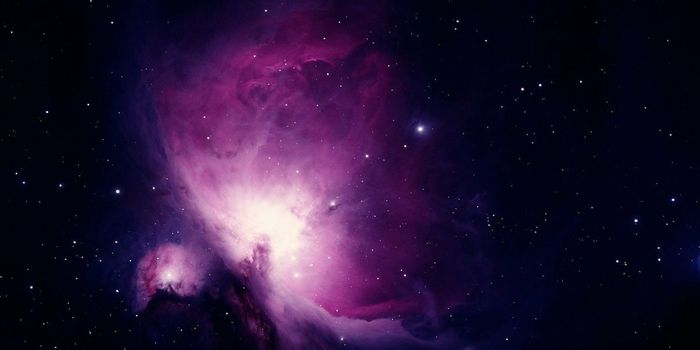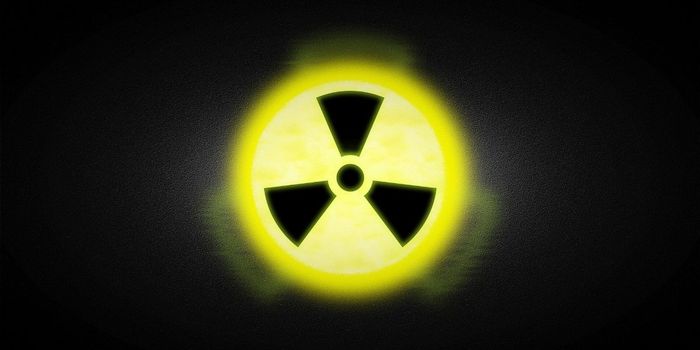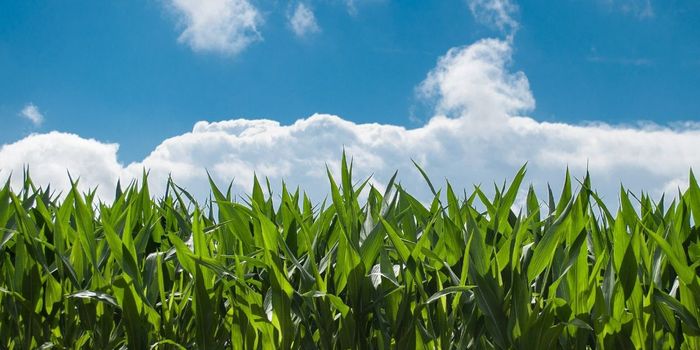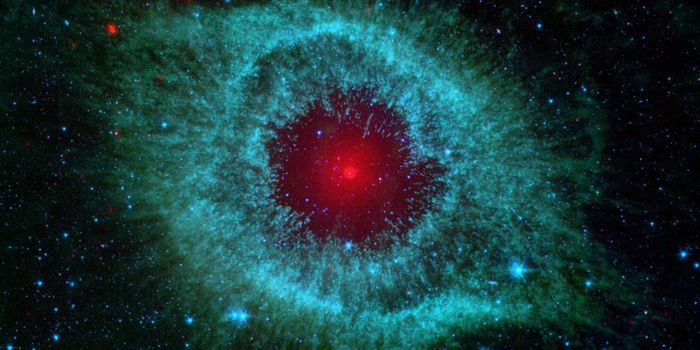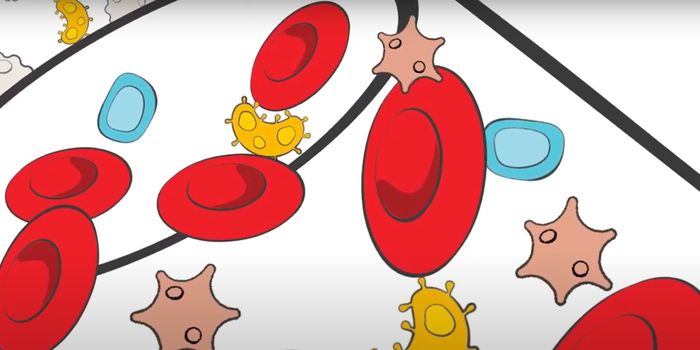"Fat" has become a buzzword for industries and medical institutions talking about how to look and feel healthy. But what about the actual chemistry behind a fat molecule? Upon taking a closer look, we remember that fats are essential to life, as they are simply long molecules of carbon chains that store energy. Fats are able to store more than twice the amount of energy per gram than proteins or carbohydrates can. (A fat molecule measures in at about 9 calories per gram while a protein and carbohydrate molecule both comes in at 4 calories per gram!)
Fat has become associated with so many terms that sometimes it can be hard to keep track of them. Do you know the chemical difference between a saturated fat, a polyunsaturated fat, a trans-hydrogenated fat, and an omega 3? While the video goes more in depth and provides a good visual, it's important to remember that saturated fats are "saturated" because each carbon in the carbon chain is bonded to two hydrogen (three if its on the end of the chain). Unsaturated fats have fewer hydrogen bonded to carbon because there is at least one double bond in the carbon chain, which results in a kink in the chain. This kink in the chain makes it more difficult for the molecules to stack together, which is why unsaturated fats are often in liquid form. They are also considered healthier fats because they are less likely to stack together and clog things up, like arteries for instance.
But trans-unsaturated fats are the ones we really should be looking out for, because these are mostly artificially hydrongenated (hydrogens added) fats that have double bonds but still stack well. This is a big worry because studies have shown that even a 2% increase in this kind of fat can increase the risk of heart disease by 23%! This type of manufactured fat is currently in the process of being banned in the US.

